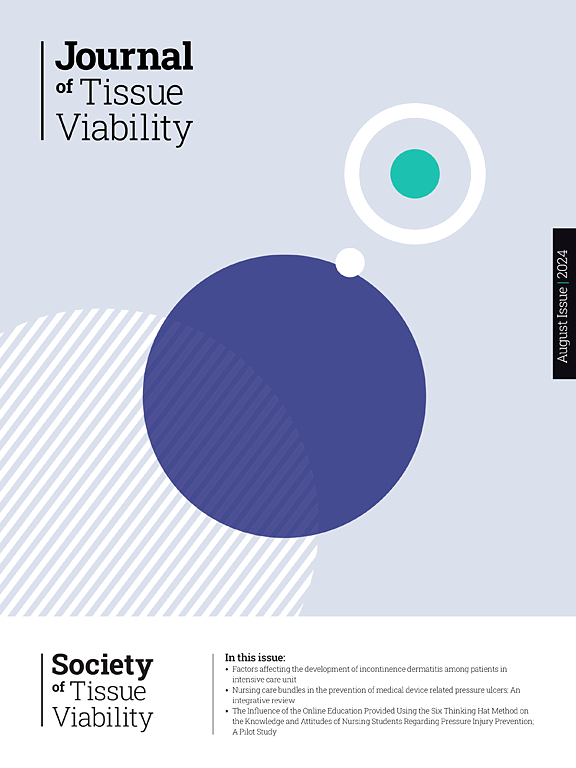大气血浆控制糖尿病大鼠烧伤创面愈合过程中的过度炎症和氧化应激
IF 2.4
3区 医学
Q2 DERMATOLOGY
引用次数: 0
摘要
烧伤是世界上第四大最常见的创伤,当与糖尿病相关时,其并发症会显著加剧,导致发病率和死亡率增加。本研究通过探索常压下产生的电离气体大气等离子体(AP)在促进烧伤创面愈合方面的治疗潜力,解决了安全有效治疗的迫切需要。我们研究了AP对四氧嘧啶(45 mg/kg)诱导的Wistar大鼠二度背侧烧伤的修复作用。将实验动物随机分为假手术组(关闭等离子发生器)和AP组(每天给予AP 1 min,直至第2、7、14和21天)。我们的研究结果表明,AP治疗可显著减少炎症细胞积聚,增加白细胞介素水平,控制氧化损伤,并刺激抗氧化反应。此外,AP促进血管生成、成纤维细胞增殖和胶原纤维组织。这些结果表明,AP可以加速糖尿病烧伤的组织愈合,使其成为改善糖尿病诱导条件下烧伤创面愈合的有希望的治疗方法。本文章由计算机程序翻译,如有差异,请以英文原文为准。
Atmospheric plasma control excessive inflammation and oxidative stress in burn wound healing in diabetes-induced rats
Burns are the fourth most prevalent trauma worldwide, and their complications are significantly exacerbated when associated with diabetes, leading to increased morbidity and mortality. This study addresses the urgent need for safe and effective treatments by exploring the therapeutic potential of atmospheric plasma (AP), an ionized gas produced at atmospheric pressure, in enhancing the healing of burn wounds. We investigated the effects of AP on the repair of second-degree dorsal burns in Wistar rats, induced to diabetes with alloxan (45 mg/kg). The animals were randomly assigned to either the sham group (plasma generator off) or the AP group (treated with AP for 1 min daily until the 2nd, 7th, 14th and 21st days). Our findings indicate that AP treatment significantly reduced inflammatory cell accumulation, increased interleukin levels, controlled oxidative damage, and stimulated antioxidant responses. Furthermore, AP promoted angiogenesis, fibroblast proliferation, and collagen fiber organization. These results suggest that AP accelerates tissue healing in diabetic burns, making it a promising treatment for improving burn wound healing in diabetes-induced conditions.
求助全文
通过发布文献求助,成功后即可免费获取论文全文。
去求助
来源期刊

Journal of tissue viability
DERMATOLOGY-NURSING
CiteScore
3.80
自引率
16.00%
发文量
110
审稿时长
>12 weeks
期刊介绍:
The Journal of Tissue Viability is the official publication of the Tissue Viability Society and is a quarterly journal concerned with all aspects of the occurrence and treatment of wounds, ulcers and pressure sores including patient care, pain, nutrition, wound healing, research, prevention, mobility, social problems and management.
The Journal particularly encourages papers covering skin and skin wounds but will consider articles that discuss injury in any tissue. Articles that stress the multi-professional nature of tissue viability are especially welcome. We seek to encourage new authors as well as well-established contributors to the field - one aim of the journal is to enable all participants in tissue viability to share information with colleagues.
 求助内容:
求助内容: 应助结果提醒方式:
应助结果提醒方式:


